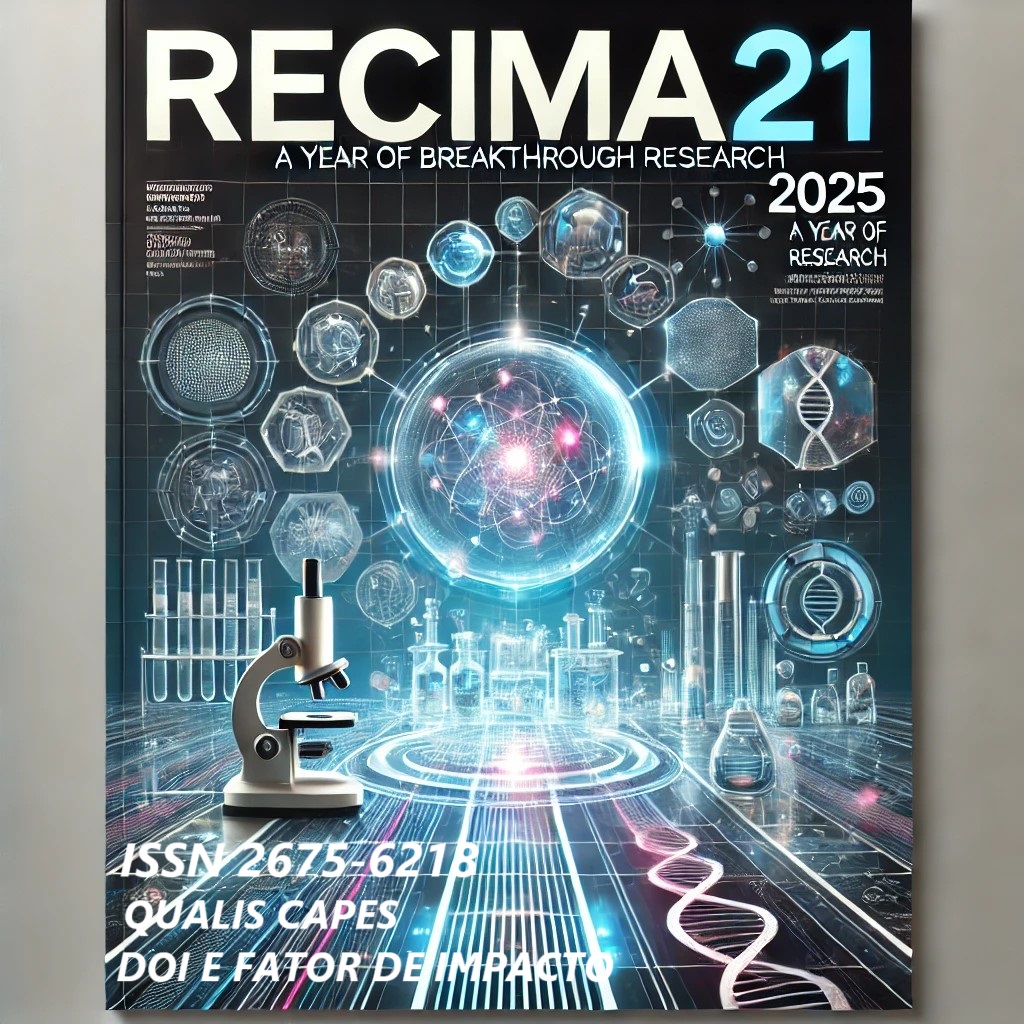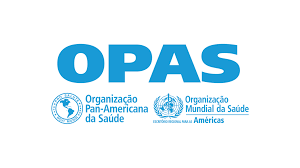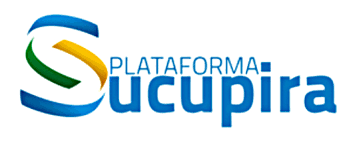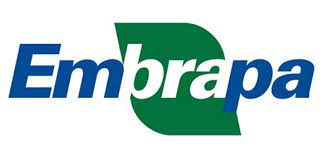COMPARAÇÃO DO PERFIL QUÍMICO DE DECOCTOS DE ORÉGANO (Origanum vulgare) PREPARADOS EM DIFERENTES TEMPOS DE EXTRAÇÃO A PARTIR DE AMOSTRAS SECAS EM ESTUFA E EM CONDIÇÕES NATURAIS
DOI:
https://doi.org/10.47820/recima21.v6i6.6534Palavras-chave:
Origanun vulgari, ESI-MS, perfil químicoResumo
Além de suas características alimentícias e organolépticas, vários condimentos apresentam fitofármacos. A maioria dessas especiarias é comercializada desidratada, para estender seu prazo de validade e minimizar o custo de estocagem e transporte. Porém, deve-se tomar o cuidado durante a desidratação para que este processo não provoque alterações nos metabólitos bioativos presentes, afetando suas propriedades medicinais. Pelo fato de as folhas desidratadas do orégano serem amplamente empregadas na produção de chás, este trabalho investigou se a secagem e o aquecimento, durante a extração, poderiam promover alterações nos metabólitos secundários presentes. A secagem em estufa a 40oC e em condições ambientes foi realizada com amostras das partes aéreas de orégano. Os materiais desidratados deram origem a decoctos, preparados com variações no período de decocção que, posteriormente, foram analisados por Espectrometria de Massas com Ionização por Electrospray (ESI-MS). A aplicação de processos de secagem distintos levou a obtenção de perfis químicos diferentes, enquanto a variação do tempo de decocção não promove variações significantes. Decoctos das folhas secas em condições ambientes resultaram em espectros nos quais os sinais mais intensos corresponderam ao ácido rosmarínico (m/z=359), um fitofármaco, e ao ácido aristolóquico (m/z= 381) um metabólito tóxico. O ácido químico foi o metabólito majoritário, encontrado nos extratos das folhas secas em estufa. Este composto é um importante precursor de ácidos clorogênicos (m/z=191).
Downloads
Referências
BENALI, T.; BAKRIM, S.; GHCHIME, R.; BENKHAIRA, N.; EL OMARI, N.; BALAHBIB, A.; BOUYAHYA, A. Pharmacological insights into the multifaceted biological properties of quinic acid. Biotechnology and Genetic Engineering Reviews, v.40, n.4, p.3408-34371, 2024. DOI: https://doi.org/10.1080/02648725.2022.2122303
DUBOIS M.; BAILLY, F.; MBEMBA, G.; MOUSCADET, J. F.; DEBYSER, Z.; WITVROUW, M.; COTELLE, P. REACTION of rosmarinic acid with nitrite ions in acidic conditions: discovery of nitro- and dinitrorosmarinic acids as new anti-HIV-1 agents. J Med Chem., v. 51, n. 8, p. 2575-9, 24 Apr. 2008. DOI: https://doi.org/10.1021/jm7011134
FARIA, B.; BISPO, C.; CORDEIRO, M.; BALTAZAR, A. Ácido aristolóquico - nefropatia e o cancro. Acta Portuguesa de Nutrição, v. 24, p. 70-5, 2021. DOI: https://doi.org/10.21011/apn.2021.2413
GREVSEN, K.; FRETTÉ, X. C.; CHRISTENSEN, L. P. Content and composition of volatile terpenes, flavonoids and phenolic acids in Greek oregano (Origanum vulgare L. ssp. hirtum) at different development stages during cultivation in cool temperate climate. Europ. J. Hort. Sci., v. 74, n. 5, S. 193–203, 2009. DOI: https://doi.org/10.1079/ejhs.2009/1182840
HUANG, S. S.; ZHENG, R. L. Rosmarinic acid inhibits angiogenesis and its mechanism of action in vitro. Cancer Lett., v. 239, n. 2, p. 271-280, 2006. DOI: https://doi.org/10.1016/j.canlet.2005.08.025
KHALEEL, C.; NURHAYAT, T.; BUCHBAUER, G. α-Terpineol, a natural monoterpene:A review of its biological properties. Open Chemistry, v. 16, n. 1, p.349-361, 2018. DOI: https://doi.org/10.1515/chem-2018-0040
KIKUZAKI, H.; AKATANI, N. N. Structure of a new anti-oxidative phenolic acid from oregano (Origanum vulgare L.). Agric. Biol. Chem., v. 53, p. 519–524, 1989. DOI: https://doi.org/10.1271/bbb1961.53.519
KLIMIENĖ, A.; KLIMAS, R.; SHUTAVA, H.; RAZMUVIENĖ, L. Dependence of the concentration of bioactive compounds in Origanum vulgare on Chemical Properties of the Soil. Plants, v. 10, p. 750, 2021. DOI: https://doi.org/10.3390/plants10040750
KOŞAK, C. B. M. R.; GÖGER, F. In vitro antioxidant properties and phenolic composition of Phenolic compounds prevent amyloid B protein oligomerization and synaptic dysfunction by site-specific binding Salvia virgata Jacq. from Turkey. J. Agric. Food Chem., v. 56, n. 7, p. 2369-2374, 2008. DOI: https://doi.org/10.1021/jf073516b
LORENZI, H.; MATOS, F. J. A. Plantas medicinais no Brasil: nativas e exóticas cultivadas. Nova Odessa, SP: Editora Plantarum, 2021. 576 p.
MORENO S.; SCHEYER T.; ROMANO C. Antioxidant and antimicrobial activities of rosemary extracts linked to their polyphenol composition. Free Radic. Res, v. 40, p. 223-231, 2006. DOI: https://doi.org/10.1080/10715760500473834
ONO, K.; LI, L.; TAKAMURA, Y.; YOSHIIKE, Y.; ZHU, L.; HAN, F.; MAO, X.; IKEDA, T.; TAKASAKI, J.; NISHIJO, H.; TAKASHIMA, A.; TEPLOW, D. B.; ZAGORSKI, M. G.; YAMADA, M. Phenolic compounds prevent amyloid β-protein oligomerization and synaptic dysfunction by site-specific binding. J Biol Chem., v. 287, n. 18, p. 14631-43, 27 apr. 2012. DOI: https://doi.org/10.1074/jbc.M111.325456
OSAKABE, T. Y, N.; YASUDA, A.; NATSUME, M. Rosmarinic acid inhibits epidermal inflammatory responses: anticarcinogenic effect of Perilla frutescens extract in the murine two-stage skin model. Carcinogenesis, v. 25, n. 4, p.549-557, 2004. DOI: https://doi.org/10.1093/carcin/bgh034
RODRIGUES, V. G. S. Cultivo, uso e manipulação de plantas medicinais. Porto Velho, RO: Embrapa, 2004. 25 p.
SIRAJUDEEN, F; MALHAB, L. J. B.; BUSTANJI, Y. Exploring the Potential of Rosemary Derived Compounds (Rosmarinic and Carnosic Acids) as Cancer Therapeutics: Current Knowledge and Future Perspectives. Biomol Ther., v. 32, n. 1, p. 38-55, 2024. DOI: https://doi.org/10.4062/biomolther.2023.054
SKOUFOGIANNI, F.; SOLOMOU, A. D.; DANALATOS, N. G. Ecology, Cultivation and Utilization of the Aromatic Greek Oregano (Origanum vulgare L.): A Review. Not Bot Horti Agrobo, v. 47, n. 3, p. 545-552, 2019. DOI: https://doi.org/10.15835/nbha47311296
SOLTANI, S.; SHAKERI, A.; IRANSHAHI, M. Review of the Phytochemistry and Antimicrobial Properties of Origanum vulgare L. and Subspecies. Iranian Journal of Pharmaceutical Research., v. 20, n. 2, p. 268-285, 2021.
SULAIMAN, G. M.; MESSAOUDI, S.; MOHAMMED, H. A.; KHAN, F. A.; EMWAS, A. H.; ELRAOUF, M. A.; EL-GHALY, EL-S.M.; ALMAHMOUD, A. S.; AROUA, L.. M.; RAGAB, E. A. Thymoquinol-2-O-β-D-glucopyranoside: Isolation from Pulicaria Jaubertii, Anticancer Efficacy, and Comparative Apoptotic Markers Binding Studies with Thymoquinone and Thymoquinol. Chemistry Select., v. 10, n. 14, 2025. disponível em: https://doi.org/10.1002/slct.202500551. Acesso em: 01 maio 2025. DOI: https://doi.org/10.1002/slct.202500551
TAKANO, H.; OSAKABE, N.; SANBONGI, C.; YANAGISAWA, R.; INOUE, K.; YASUDA, A.; NATSUME, M.; BABA, S.; ICHIISHI, E.; YOSHIKAWA, T. Extract of Perilla frutescens enriched for rosmarinic acid, a polyphenolic phytochemical, inhibits seasonal allergic rhinoconjunctivitis in humans. Exp Biol Med., (Maywood). 2004. DOI: https://doi.org/10.1177/153537020422900305
TAKEDA, T. M. H.; TSUJI, M.; INAZU, M.; EGASHIRA, T. Rosmarinic acid and caffeic acid produce antidepressive-like effect in the forced swimming test in mice. Eur. J. Pharmacol., v. 449, n. 3, p. 261-267, 2002. DOI: https://doi.org/10.1016/S0014-2999(02)02037-X
ZEJLI, H.; METOUEKEL, A.; ZOUIRECH, O.; MALIKI, I.; EL-MOUSSAOUI, A.; LFITAT, A.; BOUSSERAF, F. Z.; ALMAARY, K. S.; NAFIDI, H-A.; KHALLOUKI, F.; BOURHIA, M.; TALEB, M.; ABDELLAOUI, A. Phytochemical analysis, antioxidant, anti-inflamatory, hemagglutinin and hemolytic activities of chemically characterized extracts from Origanum grossi (L.) and Thymus pallidus (L.). Plants, v. 13, p. 385, 2024. DOI: https://doi.org/10.3390/plants13030385
ZHANG J.-J.; WANG Y.-L.; FENG X.-B.; SONG X.-D.; LIU W.-B. Rosmarinic acid inhibits proliferation and induces apoptosis of hepatic stellate cells. Biol. Pharm. Bull., v. 34, n. 3, p. 343-348, 2011. DOI: https://doi.org/10.1248/bpb.34.343
Downloads
Publicado
Licença
Copyright (c) 2025 RECIMA21 - Revista Científica Multidisciplinar - ISSN 2675-6218

Este trabalho está licenciado sob uma licença Creative Commons Attribution 4.0 International License.
Os direitos autorais dos artigos/resenhas/TCCs publicados pertecem à revista RECIMA21, e seguem o padrão Creative Commons (CC BY 4.0), permitindo a cópia ou reprodução, desde que cite a fonte e respeite os direitos dos autores e contenham menção aos mesmos nos créditos. Toda e qualquer obra publicada na revista, seu conteúdo é de responsabilidade dos autores, cabendo a RECIMA21 apenas ser o veículo de divulgação, seguindo os padrões nacionais e internacionais de publicação.













